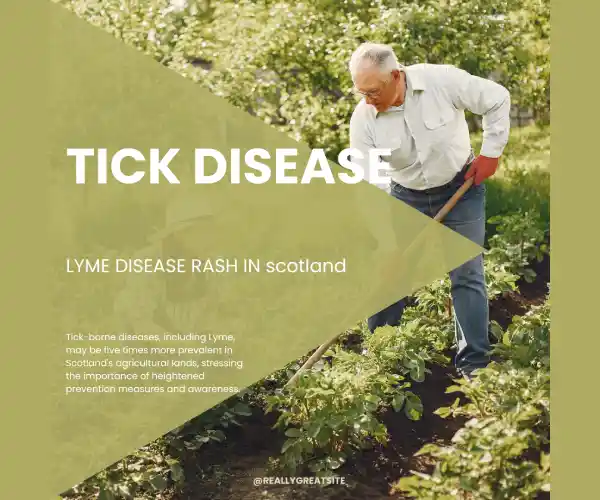Beware of fake Anti-rabies Vaccine the life Saving Drug Infections Disease
The Drug Regulatory Authority of Pakistan (DRAP) warns against the counterfeit anti-rabies vaccine “Shore-Rab” (batch RO10821), manufactured by an unregistered Indian company. Its use poses serious health risks. Pharmacies and healthcare professionals are urged to report and avoid its distribution immediately to ensure public safety.

Overview
Rabies is a fatal viral disease that affects the central nervous system, specifically the brain and spinal cord. It is primarily transmitted to humans through the bite of an infected animal, most commonly dogs. Once the rabies virus enters the body, it multiplies and travels through the nervous system, eventually reaching the brain, where it causes severe inflammation (encephalitis) and, if left untreated, leads to death.
Rabies is a zoonotic disease, meaning it spreads from animals to humans. While rabies exists globally, it is most prevalent in countries where domestic dog vaccinations are not widespread. In developing regions, particularly in Asia and Africa, rabies remains a significant public health concern. According to the World Health Organization, rabies causes tens of thousands of deaths each year, mainly in areas with limited access to preventive treatment.
Anti-Rabies Vaccine: A Life-Saving Measure
The anti-rabies vaccine is the most effective way to prevent the infectious viral infection after potential exposure. It is essential for both pre-exposure prophylaxis (preventing the viral infection before exposure) and post-exposure prophylaxis (PEP), which is the treatment after someone has been bitten or exposed to a potentially rabid animal.
- Why Is the Anti-Rabies Vaccine Given?
- The rabies vaccine is administered to prevent the onset of rabies infection, which is almost always fatal once symptoms appear.
- It is crucial for people who have been bitten or scratched by animals, particularly in areas where rabies is prevalent, to receive prompt treatment.
- The vaccine is also recommended for individuals at high risk of exposure to rabies, such as veterinarians, animal handlers, and travelers to areas with high rabies prevalence.
- How Many Doses Are Required? The number of doses of the anti-rabies vaccine depends on whether it is administered as pre-exposure or post-exposure prophylaxis.
- Pre-Exposure Prophylaxis (PrEP):
For individuals who are at higher risk of exposure to rabies, a series of three vaccine doses are given. The schedule is as follows:- First dose: Day 0 (initial day of vaccination)
- Second dose: Day 7
- Third dose: Day 21 or 28
- Post-Exposure Prophylaxis (PEP):
For those exposed to the rabies virus through an animal bite or scratch, a series of doses is required, along with a rabies immunoglobulin injection if the person has not been previously vaccinated.- First dose: Day 0 (immediately after exposure)
- Additional doses: Days 3, 7, and 14 after the first dose
- In some cases, an additional dose may be required on Day 28, especially for immunocompromised individuals.
Why Rabies Vaccine is Crucial
The rabies vaccine is vital because rabies is almost universally fatal once clinical symptoms develop. Once infected, the virus spreads rapidly to the brain, and without immediate vaccination, death is inevitable. Post-exposure vaccination is highly effective in preventing the onset of symptoms, which is why it is crucial to receive timely treatment.
Even if the bite appears minor, it is essential to seek medical attention, as rabies can be transmitted through even small scratches or wounds. The administration of the anti-rabies vaccine can effectively neutralize the virus and prevent it from causing harm.
Conclusion
Rabies is a life-threatening disease, but it is entirely preventable with the proper use of the anti-rabies vaccine. Whether administered as a pre-exposure or post-exposure prophylaxis, the rabies vaccine remains the cornerstone of rabies prevention, ensuring that people exposed to the virus do not develop this fatal infection. Public awareness and prompt medical intervention can significantly reduce the burden of rabies worldwide.







